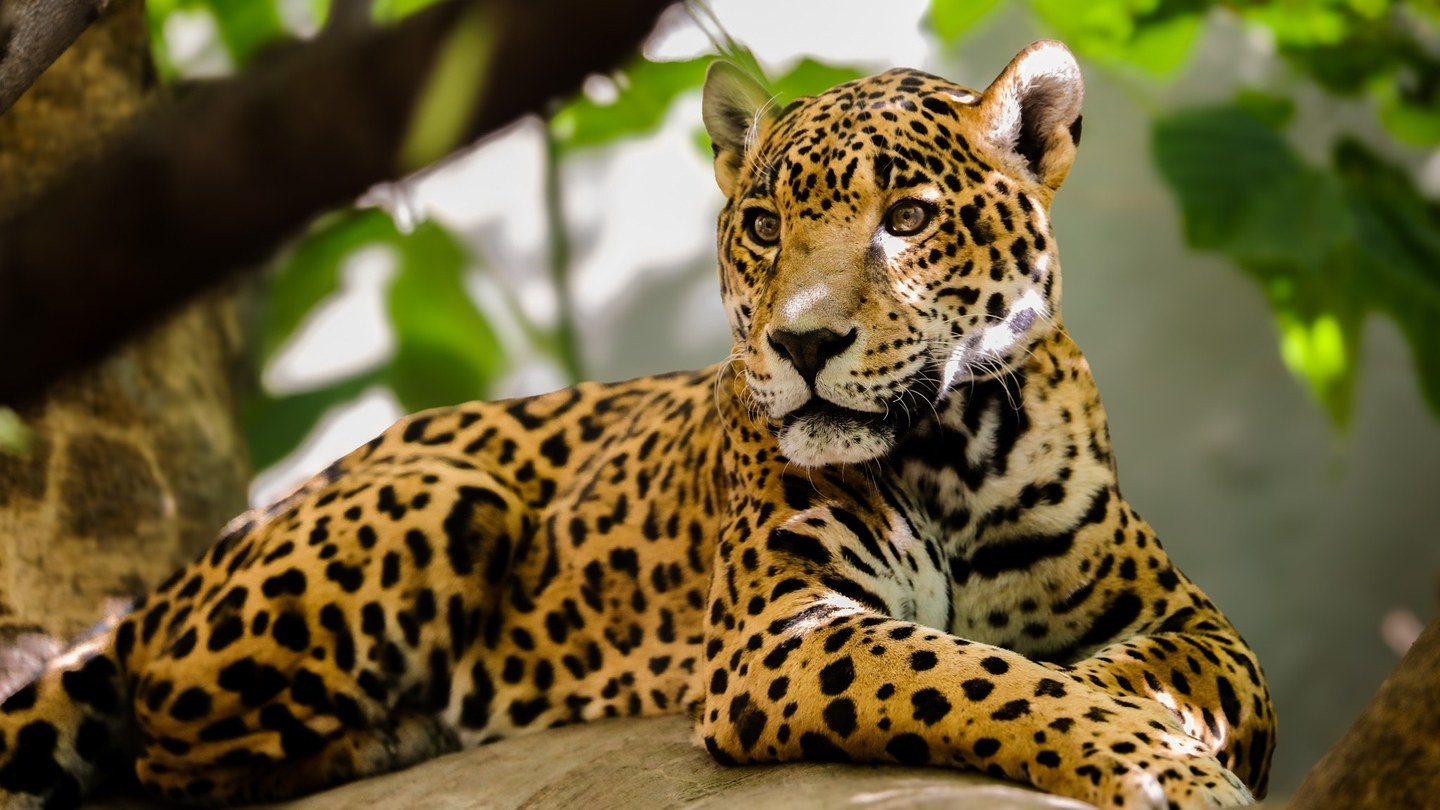- The biology and ecology of the Caipora (Puma yagouaroundi)
- The role of zoo management in the conservation of elusive wild cats
- Strategies for wildlife conservation and their impact on species like the Caipora
- Educational programs and public engagement in fostering wildlife appreciation
- The importance of ethical wildlife photography and media representation
The Caipora, also known as the jaguarundi, presents a captivating image of feline grace and agility, especially when spotted displaying its natural poise in its environment. With its slender body, short legs, and elongated tail, this small wild cat, scientifically known as Puma yagouaroundi, roams the rainforests and scrublands of Central and South America. Despite not being as well-known as its larger relatives, the jaguar and the puma, the Caipora plays an essential role in the balance of its ecosystem.
Zoo management serves as a frontline in the conservation of many species, including the elegant Caipora. Modern zoos have transformed from mere exhibitions of exotic wildlife to centers of conservation science and animal welfare. In these institutions, habitat simulation, diet optimization, and breeding programs create a haven for endangered species. Zoos are vital in breeding programs that aim to reintroduce genetically diverse individuals into the wild, thus fortifying dwindling populations.
Wildlife conservation strategies have evolved to protect species like the Caipora by preserving large tracts of their natural habitat and creating biological corridors that allow migration and gene flow between populations. Anti-poaching laws, community education, and eco-tourism initiatives work together to secure the future of these wild cats. Sanctuaries and rescue centers also contribute to rehabilitation efforts for individuals who fall victim to poaching or habitat destruction.
Engaging the public through educational programs is crucial for Caipora’s survival. By bringing the wonders of wildlife to classrooms, multimedia platforms, and zoo exhibits, conservationists can ignite a passion for the natural world and the need to protect it. By understanding the lives of creatures like the Caipora, people can develop empathetic attitudes toward wildlife and be inspired to participate in conservation efforts.
Ethical wildlife photography and media exposure are powerful tools that bring the grandeur of creatures like the Caipora to the forefront of the public’s consciousness. Representing these animals in media should balance the allure with conservation messages. Astonishing images of the Caipora flitting through its habitat can foster a connection between the public and the plight of these often-overlooked species.
Delving into the first theme, the biology and ecology of the Caipora are as intriguing as they are important. Known for its variable coloration, which can range from black to brownish-red or grey, the Caipora remains elusive to many due to its reclusive nature and preference for dense cover. As an integral part of the food web, the Caipora preys on small mammals, birds, reptiles, and even fish, highlighting its adaptability and crucial role in controlling the populations of these animals. Understanding its behavior and habitat preferences can lead to better conservation practices that ensure the species is not endangered.
The management of zoos incorporating species such as the Caipora must balance creating a visitor-friendly experience and providing animals with a habitat that satisfies their physical and psychological needs. In doing so, zoo professionals apply expertise in animal husbandry, veterinary care, and environmental enrichment, ensuring the health and well-being of the animals under their care. Furthermore, zoos collaborate with global conservation initiatives, sharing valuable data from breeding programs and behavioral studies to aid in species’ survival in the wild.
Regarding wildlife conservation strategies, habitat management is arguably at the core. Securing protected areas free from human encroachment allows the Caipora and other wildlife to thrive. Laws and regulations enacted to preserve these territories from deforestation, pollution, and development are paramount to their effectiveness, as is the enforcement of these protective measures. Beyond legislation, innovative conservation techniques, such as deploying camera traps and GPS collars, allow scientists to monitor wild populations unobtrusively, understanding their movement patterns and population dynamics, which informs more effective conservation decisions.
Education, whether within the walls of zoos or schools, empowers individuals with the knowledge to appreciate and protect wildlife. Programs tailored to different age groups and learning styles can cover topics from the natural history of the Caipora to the broader environmental challenges numerous species face. By fostering a sense of stewardship in the hearts of the young and old alike, these programs lay the foundation for a more conservation-minded public.
Finally, in this age of social media and digital influence, how Caipora is portrayed can significantly affect public perception. Wildlife photographers and media content creators are responsible for depicting these animals respectfully, avoiding any sensationalism that might lead to misunderstanding or exploitation. Instead, by championing ethical practices and focusing on storytelling that highlights the beauty and ecological importance of creatures like the Caipora, they can inspire advocacy for wildlife preservation where it’s needed most.
Through an integration of biology, ecology, zoo management, educational outreach, and responsible media, the majestic Caipora becomes more than just an image of grace—it emerges as an emblem of ecological abundance and a subject of human care and conservation that demands our attention this Monday and every day that follows.
*****
Source Description
Caipora looking majestic this Monday! 🐆✨


